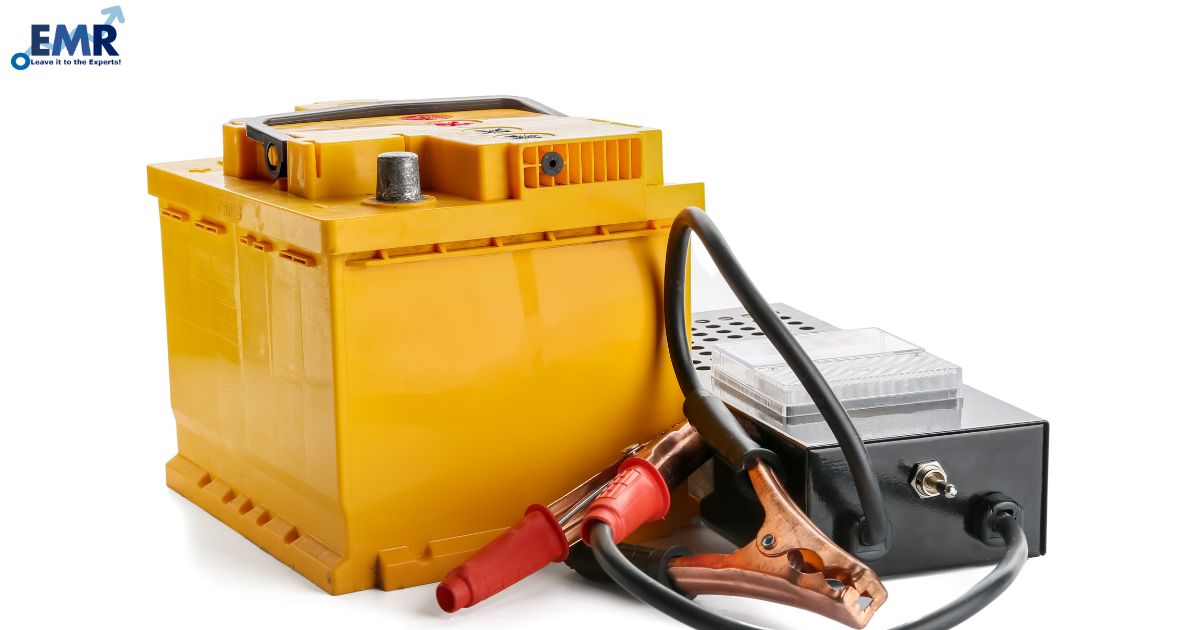Completing a home renovation project in Sarasota is exciting, but once the contractors leave, you might find your space isn’t ready to enjoy just yet. Dust and debris often accumulate in hard-to-reach places, leaving an unsightly and harmful mess behind. A thorough post-construction cleaning and home cleaning service in Sarasota is essential to remove dust, dirt, and allergens that can linger long after the renovation is complete.
This blog’ll provide a detailed guide on the essential steps to take when cleaning after a renovation, ensuring your home is as fresh and new as it looks.
Why Post-Construction Cleaning is Important
Renovation projects, no matter how small, generate a surprising amount of dust and debris. From drywall dust to sawdust, these particles can settle into furniture, carpets, and even your air ducts, negatively affecting your indoor air quality. Failure to clean up properly can lead to:
- Allergic Reactions: Dust and debris can trigger allergies, respiratory issues, and skin irritation for you or your guests.
- Damage to Surfaces: If not cleaned up, abrasive particles can cause damage to floors, countertops, and other surfaces.
- Unpleasant Aesthetics: Dust and debris can leave your newly renovated space looking old, dull, and unkempt.
A proper post-renovation cleaning will help you restore order, protect your home, and enjoy the full results of your renovation.
Post-Construction Cleaning Checklist
1. Vacuum Carpets & Upholstery
Construction dust tends to settle on soft surfaces, including carpets, curtains, and upholstered furniture. Dust particles embed themselves deep into fabric fibers, causing potential irritation and making your space appear dirty. Here’s how to tackle these areas effectively:
- Carpets: Thoroughly clean carpets with a high-powered vacuum with a HEPA filter. Go over the area twice to ensure no dust is left behind.
- Upholstery: Remove cushions and vacuum furniture carefully. Pay attention to the undersides of cushions and seams where dust accumulates.
By vacuuming these areas thoroughly, you reduce allergens and ensure that your furniture looks and feels fresh again.
2. Wipe Down Hard Surfaces
Dust finds its way onto nearly every surface during renovation, even ones you might not expect, such as walls. Follow this systematic approach:
- Walls: Gently wipe down walls with a dry dusting cloth or a microfiber cloth. A slightly damp cloth can be used if your walls can tolerate moisture. Always test a small, inconspicuous area first, especially if your walls are freshly painted or wallpapered.
- Cabinets & Shelves: Open cabinets and wipe down exterior and interior surfaces, paying attention to the corners where dust hides.
- Countertops: Depending on the surface material, clean countertops with a damp cloth or an appropriate cleaner. Be sure to remove any remaining construction residue.
Start from the highest points (walls, shelves) and work your way down to the floors, ensuring you remove dust at all levels.
3. Clean Air Vents & Replace Filters
One of the most overlooked areas during post-renovation cleaning is the air vents and filters. Renovation dust can easily spread throughout your home via your HVAC system. To avoid this:
- Air Vents: Remove and clean vent covers with warm soapy water. Let them dry completely before reattaching.
- Air Filters: Replace any filters in the affected areas to prevent the spread of dust throughout your home.
Skipping this step could lead to breathing difficulties and allergies as dust-laden air circulates in your home.
4. Don’t Forget About the Little Things
Small items and surfaces often get overlooked, but they can collect dust just as easily. Pay attention to:
- Ceiling Fan Blades: Dust ceiling fans with a microfiber cloth, as they are notorious for collecting dust.
- Light Fixtures: Gently clean light fixtures and bulbs to keep them dust-free and shining bright.
- Electronics & Appliances: Wipe down any electronic devices or small kitchen appliances to ensure they’re free of construction dust.
By addressing these smaller details, you’ll create a truly dust-free environment to enjoy your new space to the fullest.
Additional Tips for Efficient Post-Construction Cleaning
Use the Right Tools
To effectively clean after a renovation, make sure you have the right tools on hand:
- Vacuum with HEPA Filter: This is essential for capturing fine dust particles.
- Microfiber Cloths: These trap dust and are safe for most surfaces.
- Broom and Dustpan: This is used to sweep away larger debris.
- Mop: Using a damp mop to clean hard floors thoroughly after vacuuming and sweeping.
Consider Hiring Professionals
Post-construction cleaning can be a daunting task, especially if you’re dealing with a large renovation. If you’re short on time or energy, hiring a professional cleaning service like ServiceMaster Clean can be a smart choice. Professional cleaners have the experience, tools, and knowledge to clean every nook and cranny quickly and safely, leaving you to enjoy your newly renovated space without the hassle.
Conclusion: Achieving a Dust-Free Home After Renovation
While home renovations transform your space, they often leave behind layers of dust and debris that need to be properly cleaned up. By following this comprehensive post-construction cleaning checklist, you’ll ensure your newly renovated home looks as good as it feels.
Don’t let dust spoil your freshly renovated space! Whether you tackle it yourself or call in the professionals, make sure your home is thoroughly cleaned after any construction project. For expert assistance, contact Sarasota post-construction cleaning services today and let us help you enjoy your new space, dust-free and beautiful.






